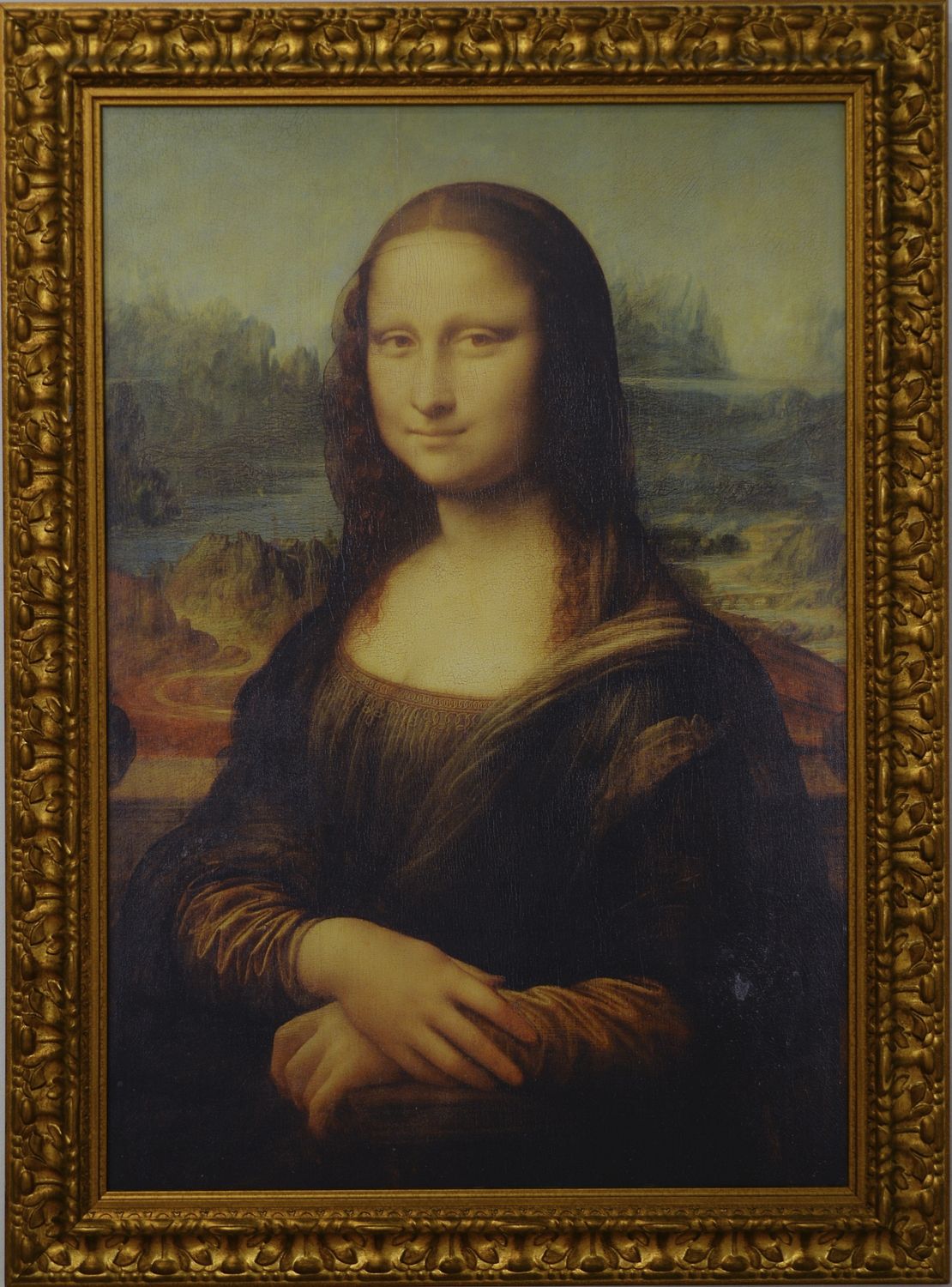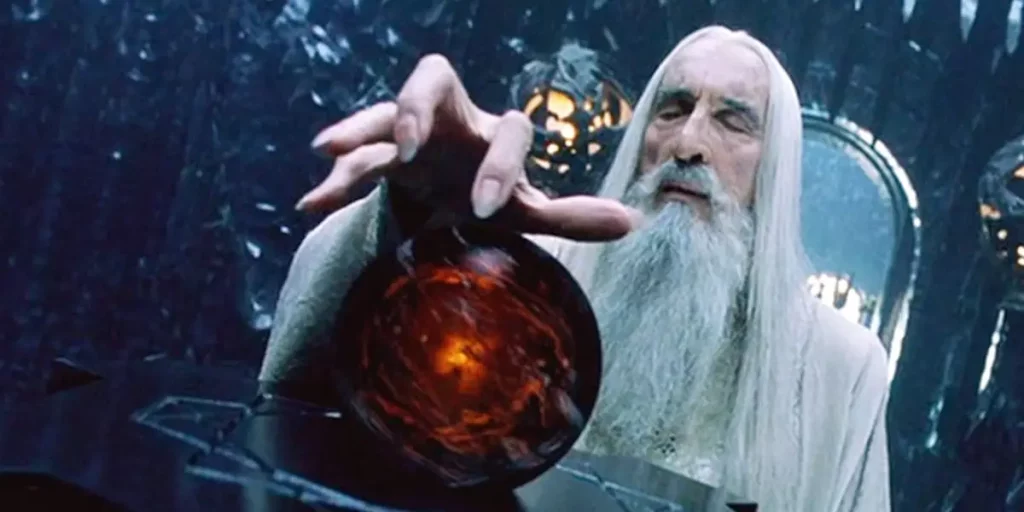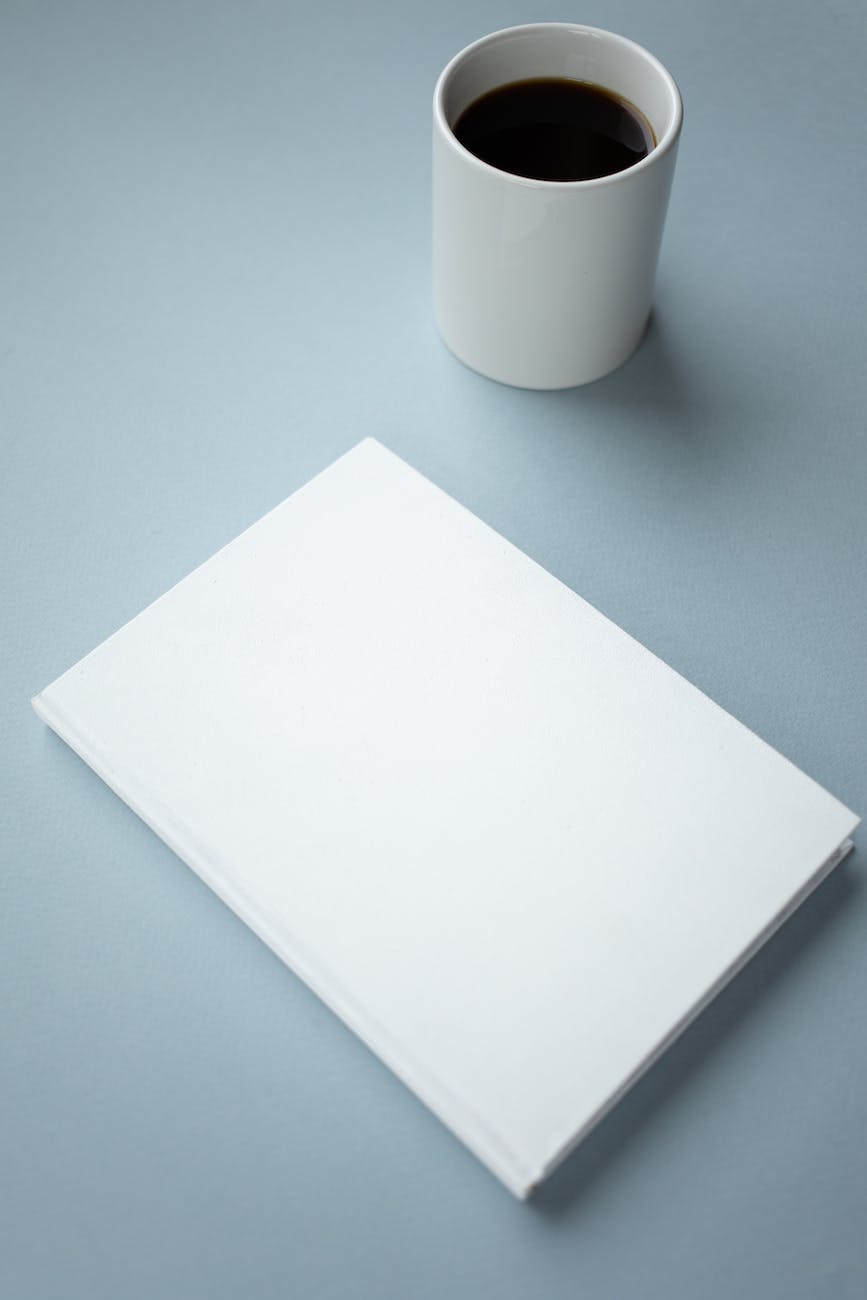Anyone who has ever tried to write has likely encountered “blank page syndrome”. The fear, the paralysing uncertainty that accompanies setting that single and dreadful initial word on a page. The first word is always the most time consuming, whether it’s a work email, a poem, a novel, or yes, even that noblest form of the written word – a blog post.
There is a wealth of advice online and in self-help books concerning this phenomenon, and how to best it, ranging from the maddeningly simple – “Just write something, and the rest will follow” – to the still simple, “You can edit bad writing, but you can’t edit a blank page” (advice that’s been incredibly useful to me, though I cannot promise that my bad writing is ever fixed!). Yet even so, the blank page maintains a strange power, a paralysing indecisiveness that is not easily overcome.
I’m not overly skilled at giving advice, but I am fascinated by the phenomenon itself. As a writer (if of dubious skill), I suppose I have a personal stake in it. But my interest goes beyond that “self-help” stage, too, because I’m fascinated by what it represents, that blank page – by what Power it actually possesses. And, by extension, what power an author possesses through their Art…an author, or any artist working with any material.
I’ve wandered into sub-creation and theology a little on this blog previously, of course, but that post dealt less with the creative act itself, and more with the urge to create (though it also spent some time examining the ramifications of the creative act). A few months ago, I flirted with the spirit of creativity as it is depicted in Tolkien’s Of Aulë and Yavanna, arguing that Tolkien depicts the impulses to love creating and to love creation as being distinct (if harmonious) through his Valar of craft and of nature.
But if there is a single post that inspired me to explore this question further, it would be a recent one, concerning the One Ring and its power – a power to dominate, to subjugate, to bend others to a single will.
It may seem strange, to link the corruptive power that the Ring represents to something as noble, as inspiring, as divine, as artistic endeavour. Yet they are not so terribly alien from one another as it may seem. For to do art, any art at all, is itself to exercise Power, to be dominative.
One might assume that I’m talking about the power art can have over the hearts and minds of others here – powers which propaganda, advertisements and popular entertainment are fully equipped with. But there’s something even more real, more tangible and raw about practising art – namely, that art is the dominion of stuff. Art is looking at a piece of marble, a perfectly fine and good piece of marble, and seeing David – and then hewing away at that marble, chipping and grinding and ruining it until it is no longer marble, but David indeed. Art is hearing silence, and decorating it with music, because the silence was lacking. Art is holding colour in a palette, and irrevocably mixing it to produce a landscape, or a bowl of fruit, or an archbishop.
And the picture, whatever it may be, may be fine indeed! But you have forever spoiled the paint.

This, again, is a theme that I’ve touched on before, and a theme that is inarguably present in Tolkien. There is an inherent pride in any artistic pursuit, because the artist must believe that they are bettering the material of their craft. A painter is nothing more than someone with the temerity to believe that the canvas and the paint are, in and of themselves, lesser…lesser then they could be, were that painter to spoil both and thus produce a painting. Under every great work of the Renaissance masters lies an unusable canvas – and to commit such irrevocable damages in the name of beauty is, strange as it may seem, a form of pride and control and domination.
Even artists who work with ‘intangible’ materials are still changing its nature – musicians, dancers, poets – and as such, any artist must be convinced, at some level, that what they are doing to their raw materials is an improvement. And, of course, an artist will ideally be proud of their work, too, once it is completed – and though such intangible arts may leave no proof of their beautiful vandalism, there is not a tangible mark such as that that a sculptor or a carpenter produces, still it is so that the moment in which the act of Art occurred was irrevocably and indisputably changed. Music where once there was silence, and movement where once all was still.
Needless to say, writing, too, is an example of this transformative power. On a purely physical level, to write is to take a piece of blank paper and spoil it forever, change it so that it is unique, marked, forever blemished, all in service of whatever thought you believed was so worthy that it warranted such marring of an innocent page. To return to the oft-quoted advice regarding writer’s block, it is true that a blank page cannot be edited – yet a page that has been written on can never be unwritten.
Further and on an abstract level, to write is to name, to give shape to that which was unseen, and that is a terrible and difficult responsibility to bear. In writing, worlds are shaped – does the sun glow or does it burn? The frost glitter or bite? Is a laugh careless or joyful, a glance tender or sinister? Is the rain gentle or fierce, and its fall like the sound of gunshots or the tinkle of bells? These are the choices that are faced by anyone staring at a blank page.
Tolkien’s seminal poem Mythopoeia is concerned with the awesome power and weight of this creative responsibility:
He sees no stars who does not see them first
of living silver made that sudden burst
to flame like flowers beneath an ancient song,
whose very echo after-music long
has since pursued. There is no firmament,
only a void, unless a jewelled tent
myth-woven and elf-patterned; and no earth,
unless the mother’s womb whence all have birth.
Mythopoeia, by J.R.R. Tolkien
Is it any wonder that such an overwhelming responsibility should leave the prospective artist a little hesitant? Is it any wonder that so many of us are seized by writer’s block? Because, if we should get it ‘wrong’, if we should misuse or abuse or underachieve with this power and this responsibility – there’s no going back. Sure, you can take a new page, or begin a new performance, but that will never change what you’ve already done and changed, all in the name of beauty and culture and Art.
To return to Mythopoeia, and to Tolkien’s theory of sub-creation (as outlined further in this post), he later describes sub-creation as being a “refracted light” – an infinite multitude of hues and possibilities splintered from the single truth of the Divine and Creation itself.
man, sub-creator, the refracted light
through whom is splintered from a single White
to many hues, and endlessly combined
in living shapes that move from mind to mind.
Mythopoeia
The image of mankind as ‘refracting light’, of taking a true beam of pure light and splitting it into rainbows of varied and infinite hues, is a striking one, and is entirely consistent with Tolkien’s overall philosophies. But there’s another Tolkienist connection that this stanza of the poem strongly suggests, and one which may seem a little surprising – because in all Tolkien’s works, there is indeed an unlikely character who explicitly takes White and splinters it into many colours. Saruman.

‘ “White!” he sneered. “It serves as a beginning. White cloth may be dyed. The white page can be overwritten; and the white light can be broken.”
‘ “In which case it is no longer white,” said I. “And he that breaks a thing to find out what it is has left the path of wisdom.”
The Lord of the Rings, Book II, Chapter 2, ‘The Council of Elrond’, by J.R.R. Tolkien
Gandalf’s rebuke may seem at odds with the sub-creative philosophy outlined above – is Gandalf saying that the white page shouldn’t be overwritten? But Gandalf’s statement that ‘it is no longer white’ is merely a statement of fact, not of moral judgement – the moral judgement follows in the next sentence, ‘he that breaks a thing to find out what it is…’.
Gandalf (and, I think, Tolkien through Gandalf as his mouthpiece) is not critical of the breaking of the white light, but he is fully aware of the responsibility that comes with that breaking. Saruman has broken the white because he desires dominion over it, he believes he has the absolute right to splinter it. Saruman has broken the white light not for some noble purpose, but because he holds his own intellect and mastery to be a noble purpose. As Corey Olsen explains, though the ‘many colours’ of the debased Saruman and of the inspirational Mythopoeia may appear to present contradictory philosophies, they are actually entirely congruent. Olsen also draws that connection of art as being a fundamentally dominative practice, and argues that Saruman’s goals have become corrupt through his desire and self-glorification – Saruman isn’t corrupt because he is now the Many-Coloured, but because of why and how he is of Many Colours.
And, as previously discussed, this desire of Saruman’s to have mastery is also a very Ring-like inclination. Never does Tolkien argue that lordship and mastery are bad things in and of themselves, whether that lordship is over people or over things. But a fully possessed self-belief in one’s authority to claim mastery is a bad thing, is a corrupt thing. Such things must be earned, and must be practised with both respect and care. Authority is not something to be seized, but to be earned, and it is a service, not a power. Of course, the authority that one person may hold over another is of a different nature than, say, the authority that a person holds over a piece of paper. Yet there is a congruence there, too, and a responsibility that must be practised no matter what the nature of the authority is…whether one is a king over others, or is an artist with dominion over Stuff.
An artist bears that same lordly responsibility over their materials, and should conduct their craft with those same precepts of service and responsibility that a king should. This is not to say that an artist must only produce works of great value and beauty when they ‘break the white’, either – a painter must sketch, and an author must draft. But it should always be with some intent upon a higher purpose, with the intent of ultimately refracting the light in some fitting way. Because, if an artist practises their craft only with the aim of self-gratification, or does so carelessly and with little love for their material, then they are no artist, but a ring-lord.
The question of what Art actually is is often a vexatious one, and I wouldn’t want to try and claim to have ever solved it – but I do not think it can be denied that to practise Art is to wield Dominion. It is a small and seemingly trivial dominion, to be sure, the dominion over a canvas or a piece of paper or a silent room, yet it is dominantive nonetheless. To commit Art is to make the near-tyrannical claim that some Thing can be Better – and, further, to have the absolute confidence (or arrogance) that you, the Artist, are the person who can better it, who will better it. It is an overwhelming and strange power, and perhaps not to be wondered that artists have a reputation for egoism. Because even the humblest and best and kindest artist is still possessed of that belief…if they were not, they would never create art, and never be an artist.
I don’t think there’s anything innately wrong or disordered with that belief, either – again, I’ve spent some time previously arguing that the sub-creative urge is a fundamentally good and admirable urge! Nonetheless, its pitfalls should be obvious. Saruman, of course, is an excellent example of someone who allowed his natural inclinations to overwhelm his restraint. But there are many Sarumans in the world, alas, and art is (I fear) the poorer for them.
So next time you sit down to write (or whatever) and feel that paralysis conjured by a blank page – take a moment and enjoy it, reflect upon it. Do not let it overwhelm you, of course – rather, acknowledge it. Recognise that what you’re about to do, however menial or trivial, will change that small piece of paper forever – that you’re about to do something tangible and real to it. Even if it’s as simple as a shopping list, or some hasty tax calculations, or a reminder to feed the neighbour’s cat (which may not be lofty and high reasons to write, but are not the less worthy for their simplicity!), enjoy that blank page, respect it for the sacrifice it makes in the edification of your writing – and doubly so if you intend to do something artistic, something creative with it.
Because the blank page, once overwritten, will ever be so – don’t leave your mark upon it carelessly, or for your own edification. Leave your mark because to do so is to “draw some wisdom from the only Wise” – to show the beauty of the imperceptibly beautiful White Light through the splintering of it.
~~~~~~~~~~~~~
Thanks for reading – feel free to check out anything else you may be interested in on the blog, there’s plenty more to discover! Follow me on Facebook and on Twitter to stay up to date with The Blog of Mazarbul, and if you want to join in the discussion, write a comment below or send an email. Finally, if you really enjoyed the post above, you can support the blog via Paypal, and keep The Blog of Mazarbul running. Thanks for reading, and may your beards never grow thin!

Thank you for this nice and useful article.
Truly a pleasure…thank you for reading, glad you enjoyed it!